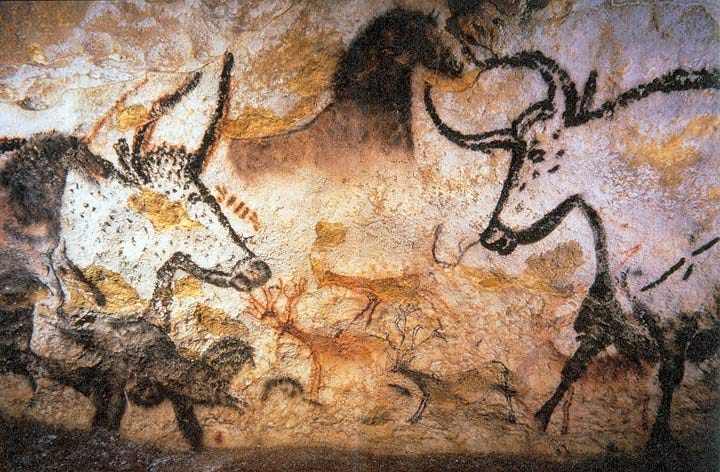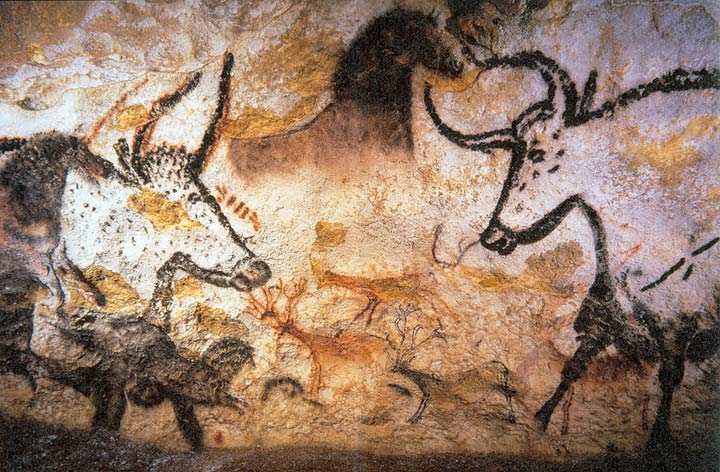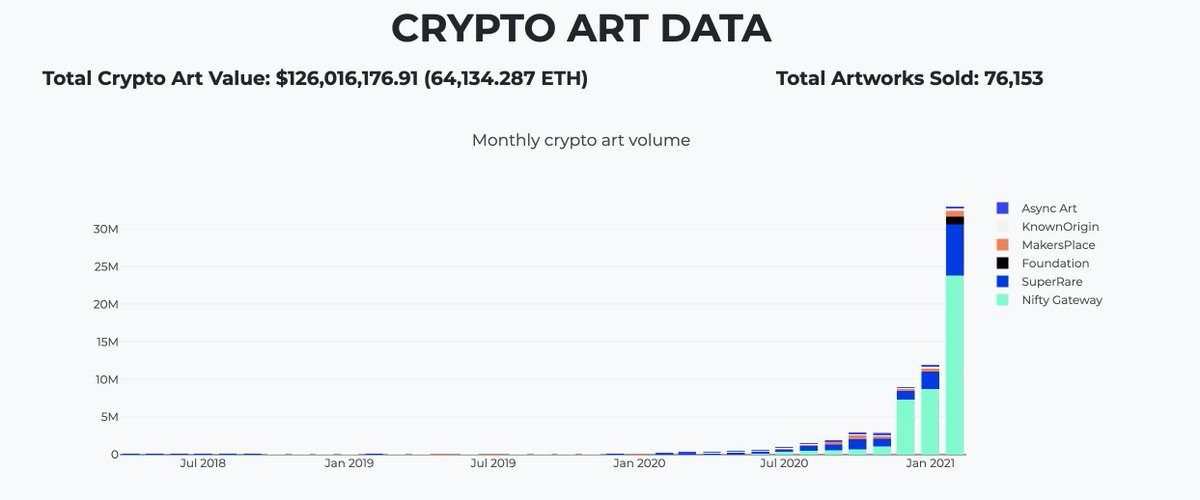Crypto art is going to eat traditional art

Dear Bankless Nation,
Over $120m of crypto art has been sold in the past 12 months.
We’re living in an increasingly digital world. People spend countless hours in front of screens. And entire generations are growing up in this new world as digital natives.
Nice cars, steak dinners, and fancy watches…these are ways to flex wealth and status. It’s how baby boomers signaled status in the physical world.
But what about the digital world? How does this next generation of digital natives flex their wealth? What status symbols are they going to use?
It won’t be a Rolex—it’ll be with NFTs. 👈 Crypto art and digital collectibles.
Maybe you’re still asking…why would anyone spend thousands of dollars on a jpeg?
I asked the co-founder of NiftyGateway this yesterday and this is what what he said. NFTs are digital items you can truly own. (📺 Watch the entire episode—it’s gold)
If you have a copy of the Mona Lisa, you don’t own the Mona Lisa. There’s only one Mona Lisa—it’s located in The Louvre and it’s worth millions more than any replica.
Thanks to Ethereum, we can now provide verifiable ownership over any digital object, including digital art. Better yet, rather than going through the cumbersome process of using a gallery or art dealer networks, all you need is an internet connection to buy it.
This opens up any artwork to anyone in the world.
And this could have profound changes in the way we collect and view art in the digital age. Andrew thinks it could even eclipse the value of traditional art.
It’s NFT week, so let’s level up on crypto art.
- RSA
WRITER WEDNESDAY
Guest Writer: Andrew Steinwold, Managing Partner at Sfermion & founder of Zima Red.
Why Crypto NFT Art Is Going To Take Over
I bet that the first person to create art on some sort of animal canvas instead of a cave wall got made fun of…
“Did you see Grok’s painting on a piece of animal skin and not the cave wall?”
“Yeah, I saw that. I don't even consider that true art. Real art has to be made the old-fashioned way, on the cave wall, or it doesn’t count.”
Today, we all know that Grok was a visionary. He went against the status quo to do what no caveperson had done before: create art on an untraditional canvas. For Grok, the medium on which art was created was transformable. He simply wanted to create.
In today's crypto art community, everyone is like Grok. We might have better hygiene and vocabulary than old Grok, but similarly, we are amid a growing community of artists and creatives who are pushing preconceived boundaries by creating crypto art.

What is crypto art?
It is simply art on a blockchain—providing the piece with verifiable ownership in a digital world.
Because this type of art is natively digital, it can be created in a variety of ways. Artists can paint a beautiful piece on a traditional canvas or take a photo and mint it onto a blockchain—and boom, crypto art. Or, an artist can create a digital work that is a still image, video, GIF, or any sort of file format they desire.
In summary, the differentiator that separates crypto art from digital art is that it’s on a blockchain and empowering the piece with all the attributes that are made possible with this digital technology.
Why is Crypto Art Primed for Growth?
There are three reasons crypto art has the potential to become massive:
- Open access
- New art movement
- Status symbols
1. Open Access
Purchasing traditional physical art is not exactly difficult, but there are barriers.
First, most high-value pieces are sold through gallery and art dealer networks that are exclusively for multi-millionaire/billionaire clients. Furthermore, if you are someone who lives in a rural area away from a city with galleries, then it is hard to see what type of artwork is available. Although the internet has massively democratized access to art because collectors can now contact artists directly on social media, many artists still use galleries or art dealers to push sales.
Crypto art turns exclusivity on its head. It’s globally accessible by anyone. No one needs an art dealer to access these markets, you just need an internet connection. You can now see exactly what artists are creating, when their pieces are for sale, and how much they sell them for.
As for payments, artists do not need to go through a gallery, which often takes a 50% fee for selling art. Instead, collectors can buy directly from the artist, anywhere in the world, using crypto money.
2. New Art Movement
There is a small, but fanatical group of people in the crypto art community who are turning crypto art into a movement.
Non-blockchain-based digital art has been growing in popularity, and it makes sense for our digital world. But before blockchain, people could not truly own pieces of digital art.
They existed on someone’s servers, and at any time, the server owners could technically delete them. Blockchain enables true ownership of digital goods, which has opened up the ability for artists all over the world to create digital pieces of art that anyone, anywhere can truly own.
There are critics that state that digital art is not “real” art, but who decides what is “real” art anyways?
Perhaps I will start by suggesting that physical art is not real art, and that true art is only digital. The truth is that art is just art, and it can come in literally any form. Art is amazing because it doesn't need to be widely revered—it can be created simply for the sake of creation.
3. Status Symbols
People are spending an average of 7 hours per day staring at screens. The world is going digital, and this includes status symbols.
Sure, someone could show off their nice car and big house, but that is so pre-internet. Everyone who's anyone is flexing on social media, showing off private plane rides, cars, steak dinners, etc. These are all status symbols in the physical world. But what about the digital world? Does it not make sense to also start showing off digital possessions?
Flexing in the 21st century for digital natives and the crypto wealthy could entail buying a CryptoPunk instead of a Rolex. Instead of simply holding the CryptoPunk in a wallet, they might change their Twitter avatar to an image of the NFT. Other status symbols can include showing off artwork from Beeple, Joy, Pak, Hackatao, Josie, etc.
There are many amazing artists whose work can be used as the ultimate “digital flex.”
Why Is Crypto Art Valuable?
I see a lot of people laugh at the sales price of many crypto art pieces. “How can someone pay $100,000 for a GIF?!”
I think it's equally as crazy for someone to pay $100,000 for a piece of traditional art. Fundamentally, it’s just paint on canvas that probably costs less than $100 to create, so why does it suddenly demand $100,000?. If paint and canvas can sell for that much, so can a GIF.
So what is truly driving the value of crypto art?
I think the same factors that drive value in all art: the artist's brand and reputation. If I decided to create art NFTs, nobody would care. Even if I said, “Listen up everyone, this is my first and last art NFT ever,” nobody would care. I am Andrew Steinwold, an NFT guy, not some amazing artist.
Now, if Banksy said the same thing, then there would be pandemonium and that NFT would probably sell for millions. The reason is that Banksy has a noteworthy brand and reputation—he’s a world renown artist.
As for the people that say crypto art has no value because you can screenshot the picture and save it on your computer, my response is this: I have a replica of the Mona Lisa hanging on my wall, but nobody cares because they know it's not the real deal.
This same reasoning applies to crypto art.
The “Establishment” Hates Crypto Art
This is exactly how you know crypto art is going to be huge.
The establishment of every industry always hates whatever movement, technology, or new “thing” that is created that breaks or questions the status-quo. Crypto art is all of these things. Instead of closed and insular, it's open to everyone. Instead of artists having a difficult time getting access to collectors, the collectors are reaching out to the artists. Instead of being snobbish and “high-end,” it is friendly, happy, and for people of all income brackets.
The establishment will never like crypto art because it means open creativity and accessibility for all. They might say that the “style” is not right or that the artists don't know how to carry themselves—any excuse to keep their dominant positions.
Regardless, look at this statistic.

Crypto art is taking off. Not just because it is better than the traditional art world in every way, but because it is turning into a movement that can’t be stopped.
In the past, there has been a lot of talk about “the flippening,” which refers to when Ethereum’s market cap overtakes Bitcoin’s market cap.
But the real flippening we should watch out for is when crypto art overtakes the $67 billion per year traditional art market.
Action steps
- Consider what makes crypto art valuable over traditional art
- Learn how to get exposure to NFTs and crypto art
- Remember Tactic #22 when we told you about SuperRare? It’s gotten BIGGER.
- Still wanna know “what is NFT?” Subscribe for more.
Author Bio
Andrew Steinwold is a managing partner at Sfermion, a metaverse-native investment firm, and founder of Zima Red, a content studio creating blogs, podcasts, and videos about the emerging ecosystem of non-fungible tokens and virtual worlds.
